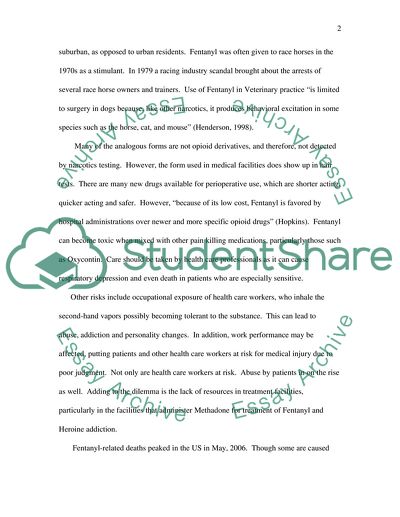Cite this document
(“Culture of Addiction and Recovery of Fentanyl Essay”, n.d.)
Retrieved from https://studentshare.org/health-sciences-medicine/1541986-culture-of-addiction-and-recovery-of-fentanyl
Retrieved from https://studentshare.org/health-sciences-medicine/1541986-culture-of-addiction-and-recovery-of-fentanyl
(Culture of Addiction and Recovery of Fentanyl Essay)
https://studentshare.org/health-sciences-medicine/1541986-culture-of-addiction-and-recovery-of-fentanyl.
https://studentshare.org/health-sciences-medicine/1541986-culture-of-addiction-and-recovery-of-fentanyl.
“Culture of Addiction and Recovery of Fentanyl Essay”, n.d. https://studentshare.org/health-sciences-medicine/1541986-culture-of-addiction-and-recovery-of-fentanyl.


